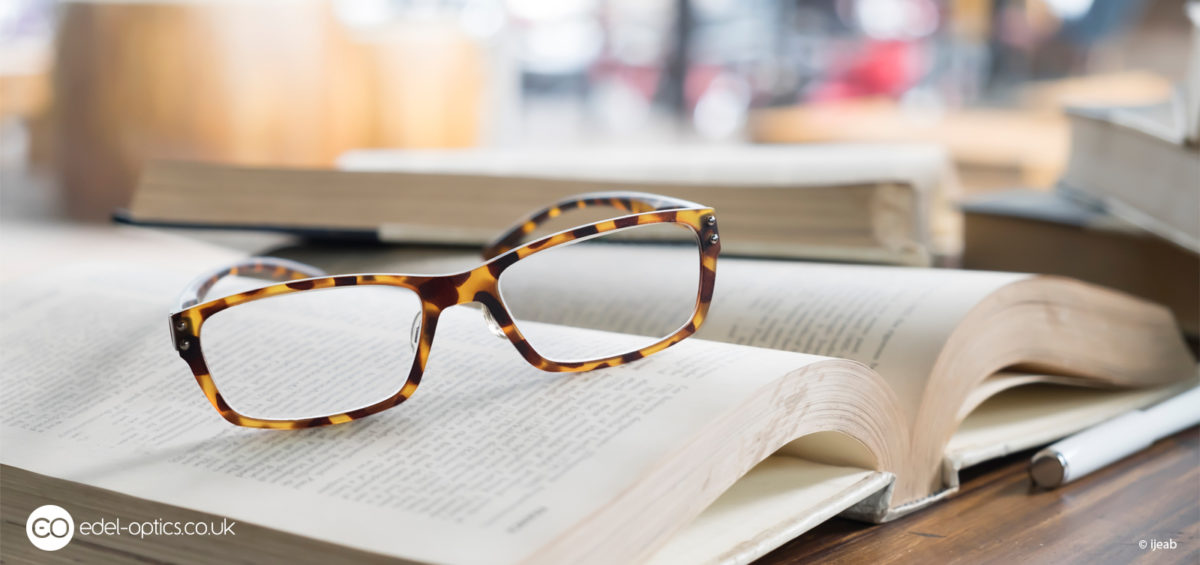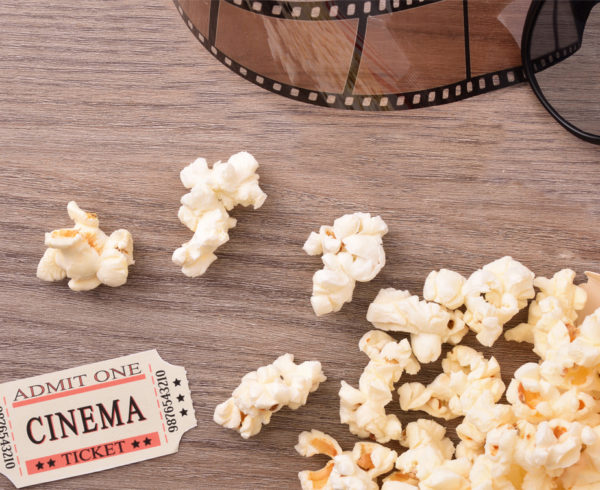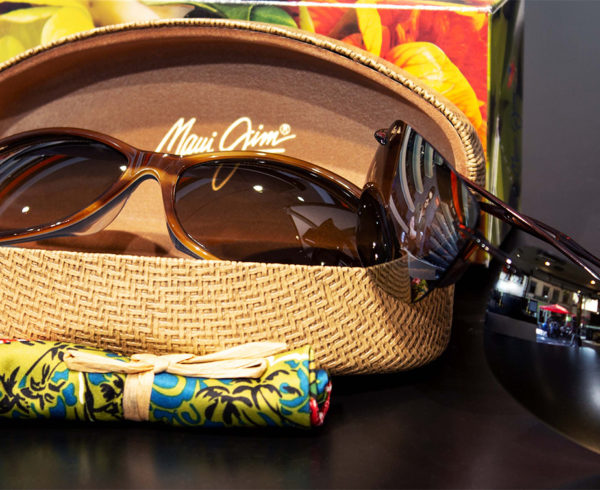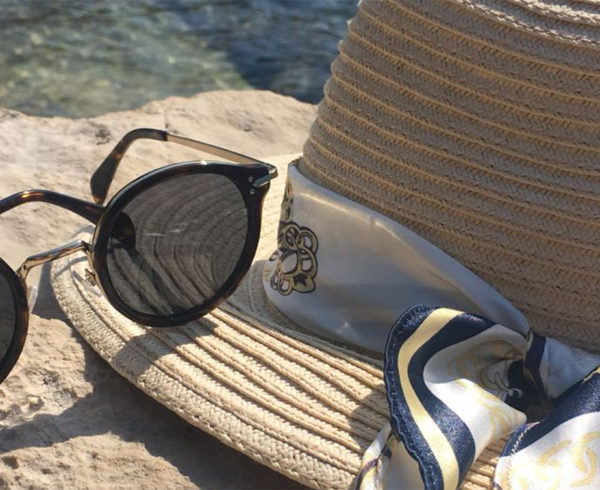In the first part of our optician vocabulary, we would like to explain terms that are related to the different types of eyewear models and eyewear designs.
Frame:
The spectacle frame is often referred to as a frame or spectacle model and a wide variety of models are available. Nowadays, there are eyeglass frames that are made of metal, plastic, or even a mixture of both materials. A distinction is also made between full rim, semi-rim and rimless glasses. The ideal material depends on personal preferences and material compatibility.
Prescription Glasses:
Prescription glasses are understood to mean all spectacle frames that are equipped with individual lens power. Regardless of whether the lenses are single-vision, reading or varifocals, prescription lenses correct refractive errors, ensuring a better view.
Sunglasses
Sunglasses protect the eyes from UV rays, which can be damaging. To ensure that the purchased sunglasses meet European safety standards and provide sufficient UV protection, each pair of sunglasses should have the CE mark inside the temple.
Aviator / Pilot Sunglasses:
A classic among sunglasses is the aviator model. Hallmarks of the Aviator are the drop-shaped lenses, a fine frame and the double bridge. Whether with a metal frame, such as the pilot glasses by Michael Kors, Ray-Ban and Prada Sport, or plastic, such as the models by Tom Ford, Carrera and Gucci – wearing the aviator model you are always up to date.
Rimless Glasses:
Glasses without a frame usually have a discreet and inconspicuous design. They are particularly suitable for narrow, petite faces, as the face is not hidden by a massive frame. By “rimless” is meant that the model has no outer frame. Instead, the lenses are attached directly to the temples and are connected by a nose bridge and a bridge, as in this Ray-Ban, or are held together by an inner frame, as in this unisex Versace model.
Cat Eye Glasses:
A curved shape reminiscent of a butterfly or cat’s eyes is the hallmark of cat eye glasses. Already in the 50s and 60, cat eye glasses belonged to the eyewear models favoured by women. Cat eye glasses are particularly suitable for heart-shaped and oval faces. The model stands for femininity and gives the wearer an intellectual and seductive look. Nowadays cat eye glasses stand for a vintage look and are available in different colours and sizes – narrow and cat-like, as for example the Vogue sunglasses, in medium size, such as the models of Prada and Burberry, in the oversize look like the models of Tom Ford, Dolce & Gabbana and Michael Kors or extravagant like the Versace sunglasses with golden applications.
Two Tone Glasses:
Models that fall under the category Two Tone glasses, regardless of their shape or size have a gradient in the frame. With prescription eyeglasses, a classical colour is often used on the upper part of the eyeglasses and runs into the mostly transparent lower area of the frame. Even in sunglasses, Two Tone glasses in classical colours impress, such as the black and brown model by Emporio Armani, or more colourful one, like this Polaroid model.
Panto Glasses:
In the past, Panto eyewear was a symbol of being an artist, an intellectual as well as individuality – today they are iconic trendy eyewear. The striking frame and the round, slightly flattened lenses at the top are the hallmarks of Panto glasses. The round shape makes the face look softer, which is why the model particularly suits edgy faces. Basically, the Panto frame is suitable for every face. A real eye-catcher for the summer is, for example, the Ray-Ban Erika model or this round panto classic by Polaroid.
//www.instagram.com/p/Bj2KSrFlqAz/?hl=de&taken-by=livia_auer
Single Lens:
The mono disc is well-known for its disc or shield optic. It is particularly found in sports eyewear, such as the Oakley Jawbreaker. But even with sunglasses, the mono disc is a real eye-catcher and especially suitable for those who like to be conspicuous. With the models of Versace, Ray-Ban or Dolce & Gabbana you will definitely make a fashion statement.
Nylor Spectacles:
Nylor spectacles are characterized not by the material used or a particular shape of the glasses, but by the unique way of attaching the lenses. The lenses of Nylor spectacles are held by an invisible, gossamer but tear-resistant Nylor thread, which runs through a groove or a notch on the edge of the lens. Nylor glasses are usually “open” at the bottom, so that the thread extends along the lower edge of the lens, holding the lenses in place. This type of eyewear is particularly suitable for women and men with narrow faces as it does not obscure the face.
Lorgnettes:
The history of Lorgnettes dates back to the 13th century. Lorgnettes are visual aids that are held on the face or in front of the eyes with a handle. The antique models usually have beautiful ornaments and can be worn with a chain around the neck. Since vintage fashion is very popular, a lorgnette is also a beautiful accessory not only in the opera, where it has been used for years.
In the next part of our optician vocabulary, you will learn more about the different types of eyeglass lens processing, the types of ametropia and the terms you should take into account when your eyes are being measured.
 English
English Deutsch
Deutsch Dansk
Dansk Svenska
Svenska Nederlands
Nederlands Français
Français Magyar
Magyar polski
polski Română
Română Österreich
Österreich Schweiz
Schweiz





Leave a Comment